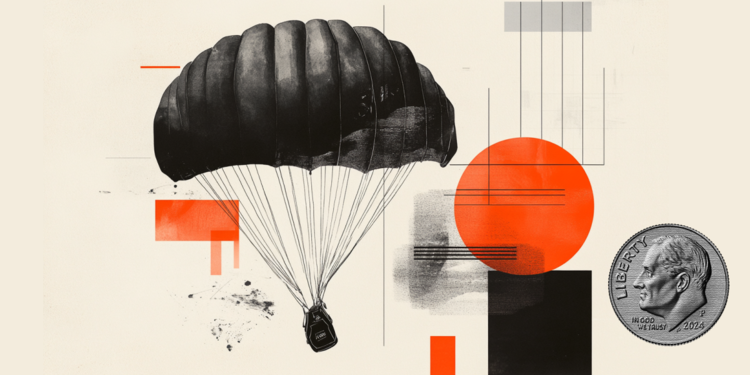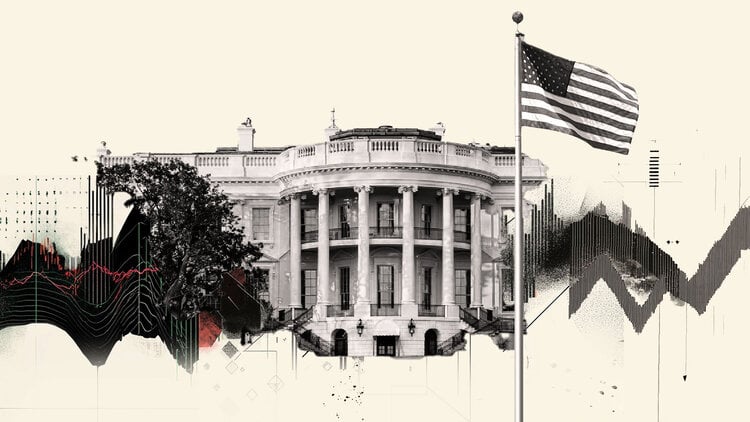Hair loss is a concern that affects many men. Although baldness is often associated with aging, hair loss can start early and affect self-esteem. Learn about the causes below: benefits and risks of medications used against male pattern baldness .
Androgenetic alopecia, popularly known as male pattern baldness, is the most common cause of hair loss among men. It is estimated that 50% of men will experience some degree of baldness by the age of 50. Genetics play an important role, but factors such as stress, diet and inadequate hair care can also play a role.
“Male baldness is genetic and hormonal in origin, which is why the most effective medications are those that act by reducing the DHT hormone and promoting blood flow, such as finasteride and minoxidil,” explains Julio Pierezan, dermatologist and trichologist.
Minoxidil
Minoxidil is one of the topical treatments most popular for hair loss among men, and also among women. Originally used to treat high blood pressure, it was discovered that it promotes hair growth as a side effect.
The medicine is applied directly to the scalp slowing hair loss and helping to stimulate new hair growth. However, results vary from person to person and continued use is necessary to maintain the benefits.
“It is a vasodilator and improves blood flow to the scalp and, when this happens, the hair has the possibility of growing and thickening,” explains Letícia Ambrosano, a dermatologist specializing in hair.
However, like every medicine, it also has some side effects and should only be used after medical advice .
“The biggest side effect is the growth of body hair, which we call hypertrichosis. Patients who have heart arrhythmia should undergo a medical evaluation before use,” adds Gustavo Martins, dermatologist and trichologist.
Finasteride
Another widely used treatment is finasteride, an oral medication that acts by blocking the conversion of testosterone to dihydrotestosterone (DHT) a hormone that contributes to hair loss.
Unlike Minoxidil, Finasteride is a medication that requires a medical prescription as it can cause side effects such as decreased libido and erectile dysfunction in some cases.
“If your case is androgenetic alopecia, the hereditary type, the two medications [finasterida e minoxidil] are effective. They work by stimulating and preventing hair follicles from falling out. Both medications are available for sale, but a doctor’s evaluation is essential to avoid possible contraindications or side effects if the patient has it”, adds Julio.
Ketoconazole and alphaestradiol
Other medications available on the market, such as ketoconazole and alphaestradiol, also help with hair loss and can be used following medical recommendations.
Ketoconazole is an antifungal indicated for treating the scalp, improving dermatitis and flaking, which can cause hair loss.
Alphaestradiol helps combat androgenic alopecia — characterized by the progressive miniaturization of hair strands — in both men and women, preventing hair loss.
Other treatment options
In addition to medications, there are other treatment options for hair loss and baldness. They are:
- Low-level laser therapy: the technique uses light to stimulate hair follicles, promoting the growth of new hairs;
- Hair transplant: a more permanent solution, it involves transferring hair follicles from an area where there are plenty of hairs to areas affected by baldness;
- Shampoos and lotions: Some products on the market promise to strengthen hair and reduce hair loss, although effectiveness may vary from person to person.
Source: CNN Brasil
I am an experienced journalist and writer with a career in the news industry. My focus is on covering Top News stories for World Stock Market, where I provide comprehensive analysis and commentary on markets around the world. I have expertise in writing both long-form articles and shorter pieces that deliver timely, relevant updates to readers.







